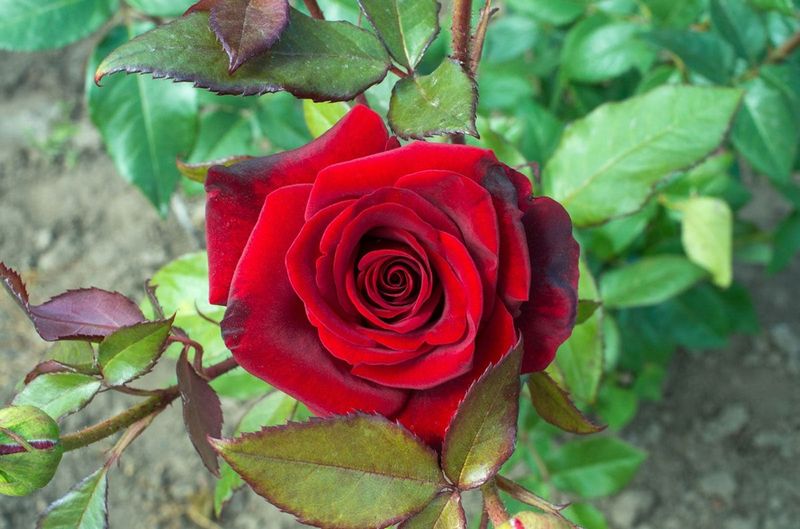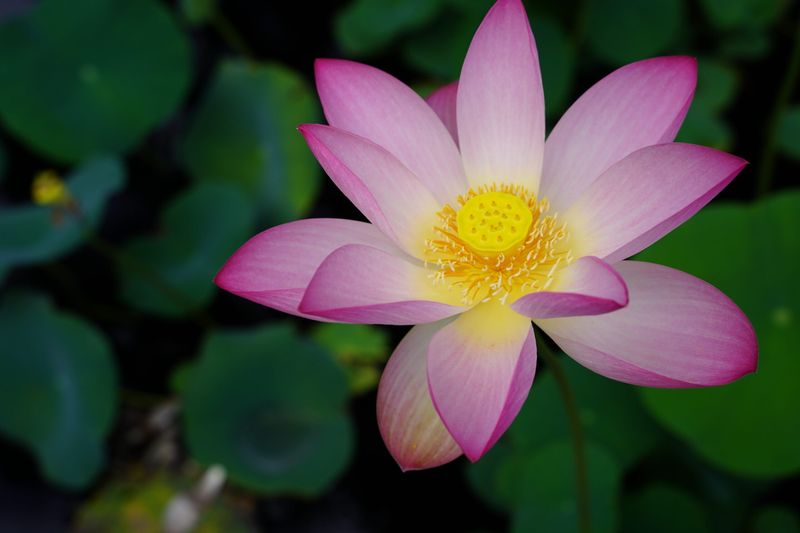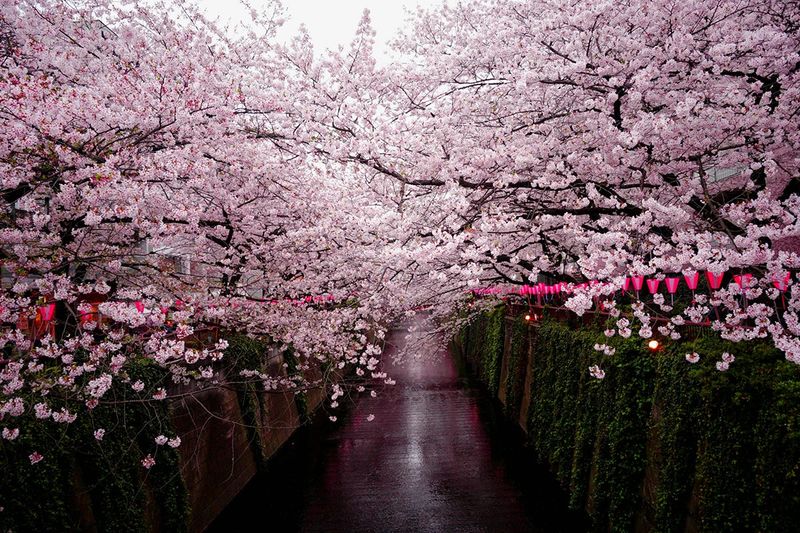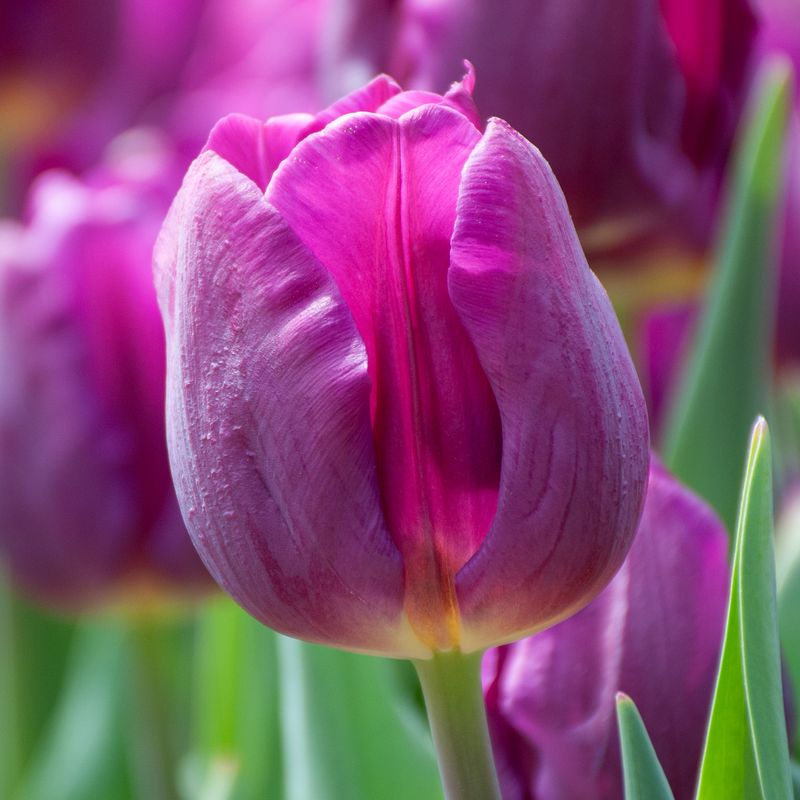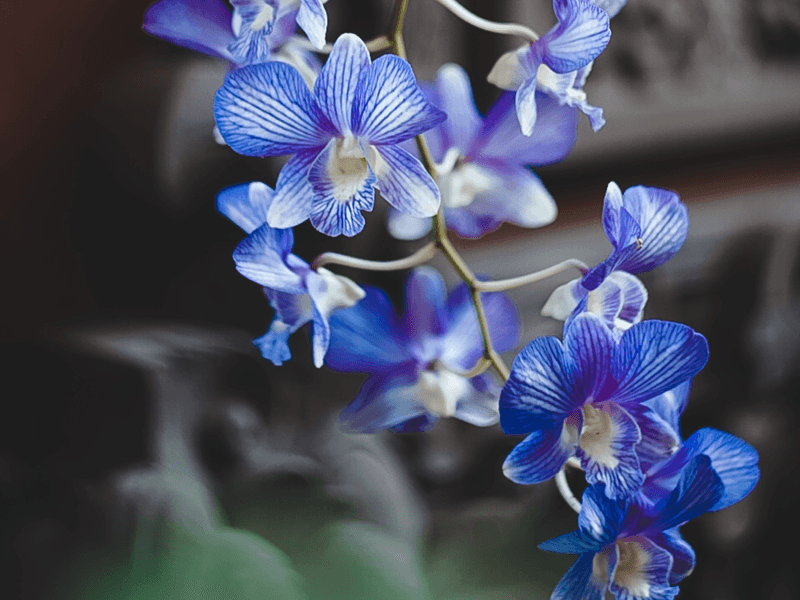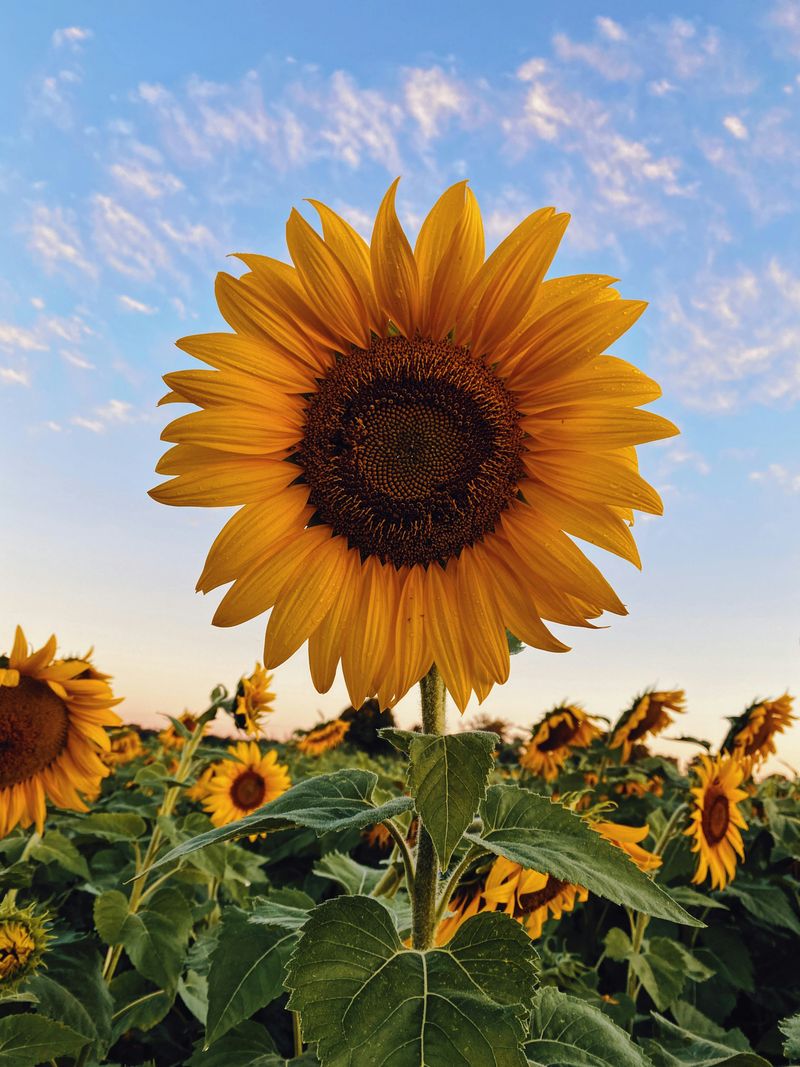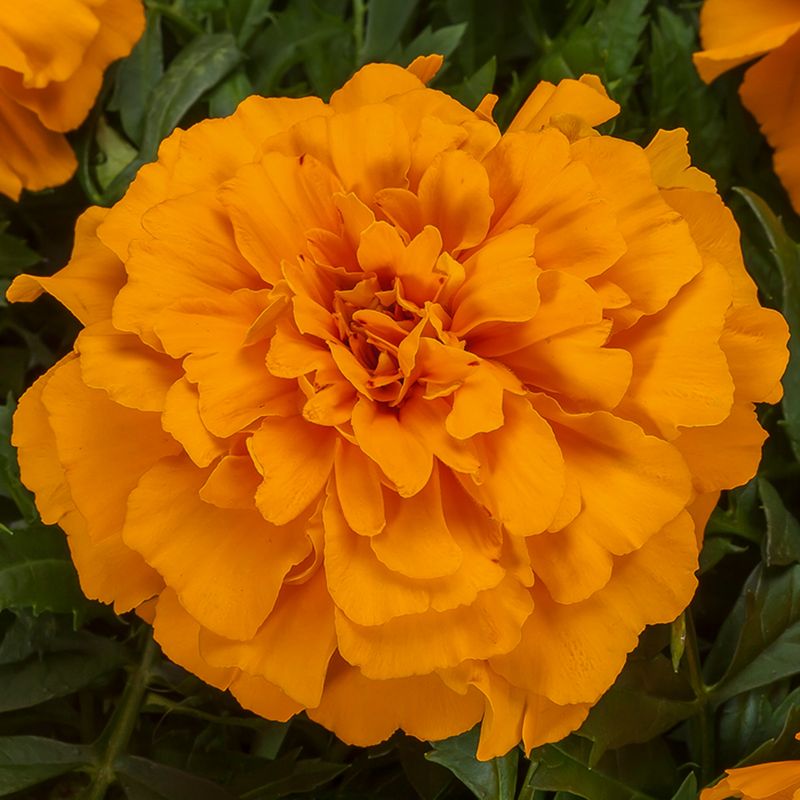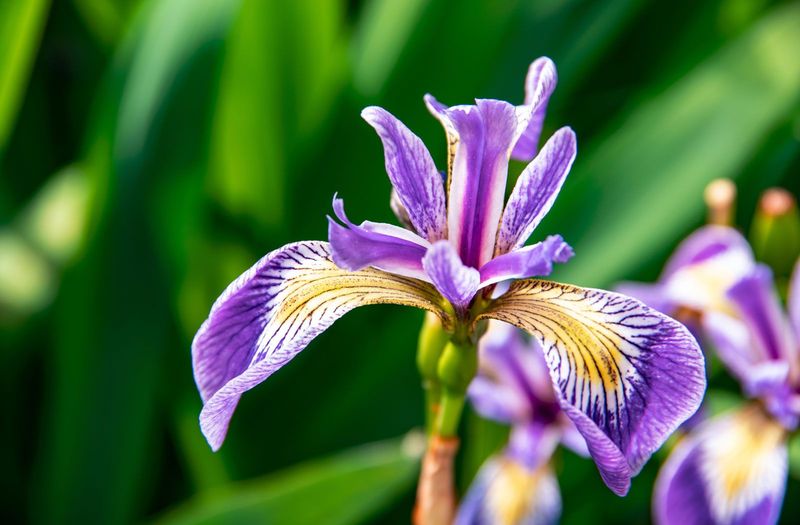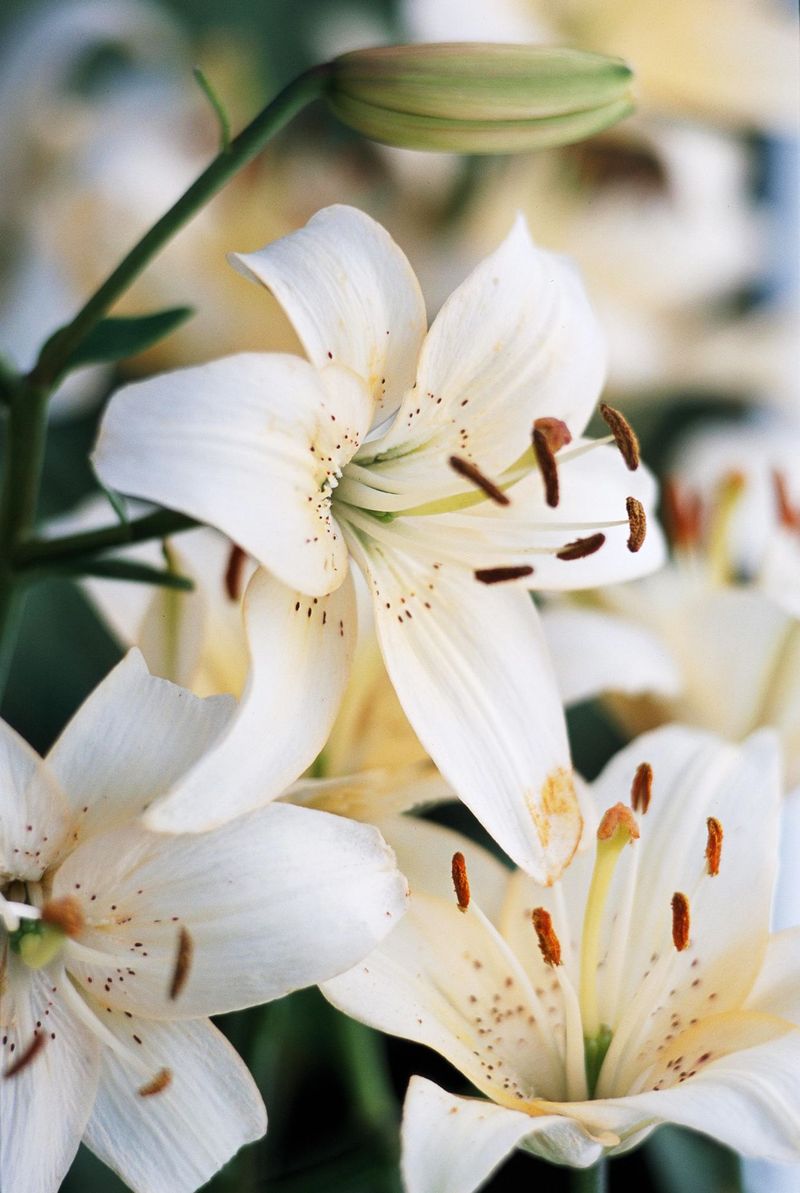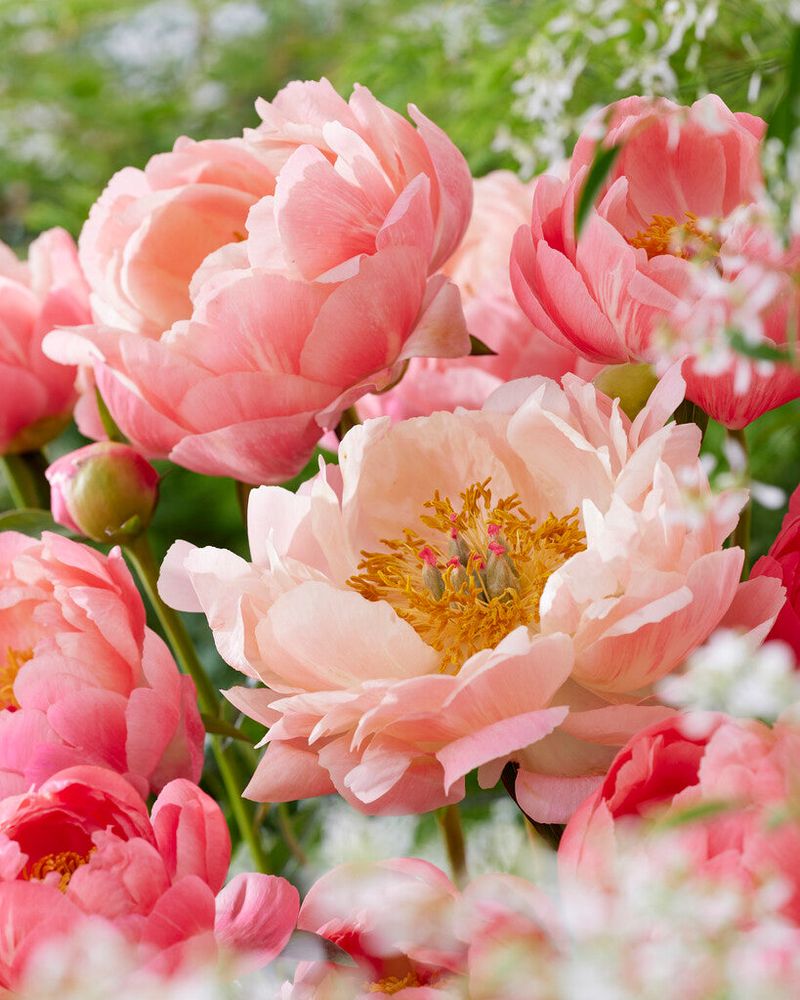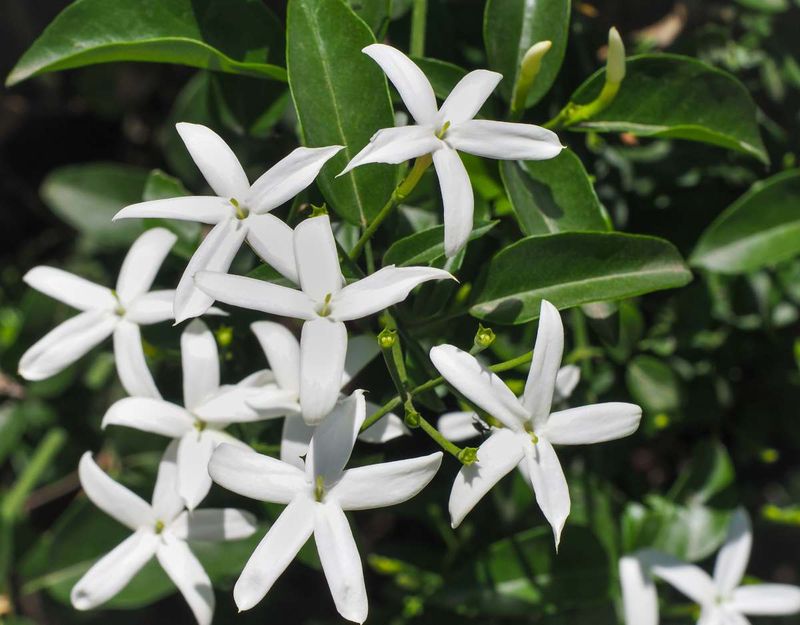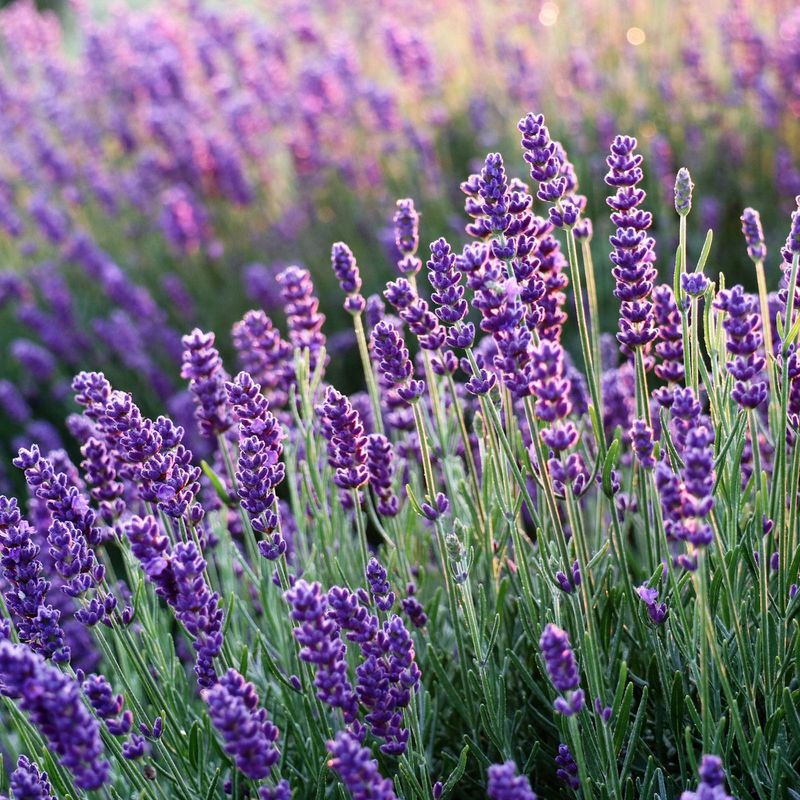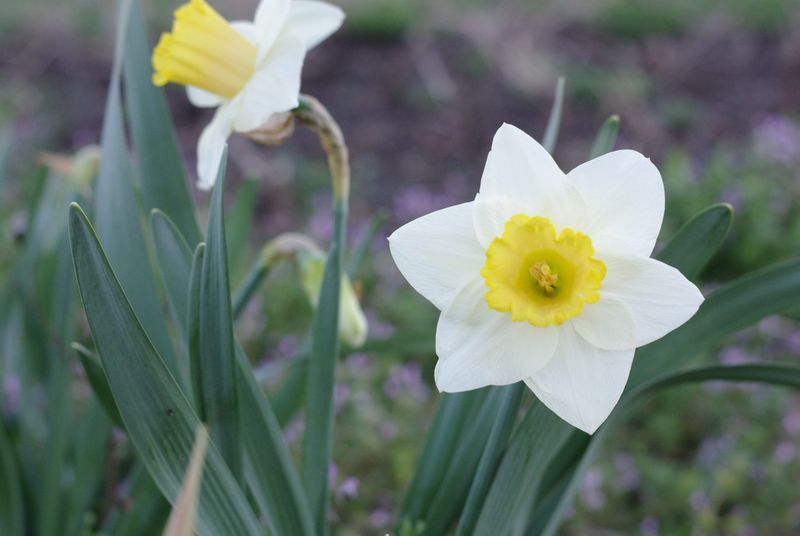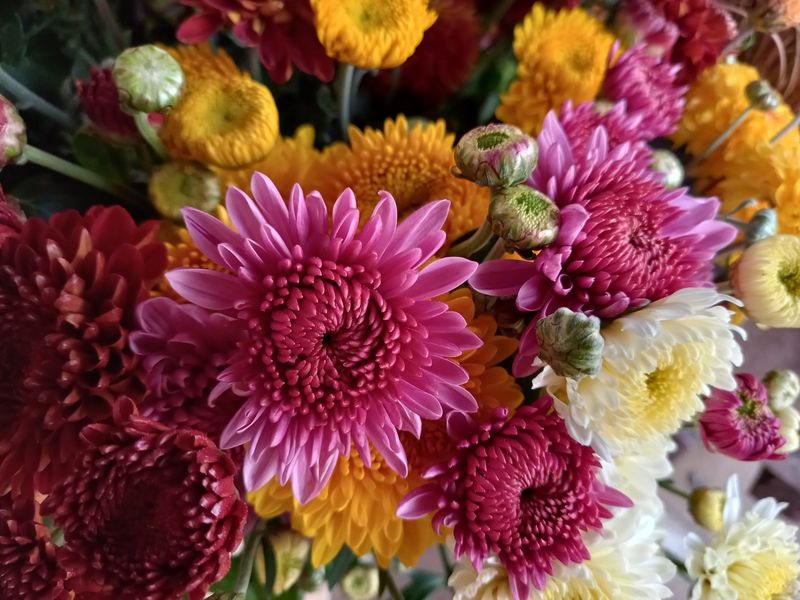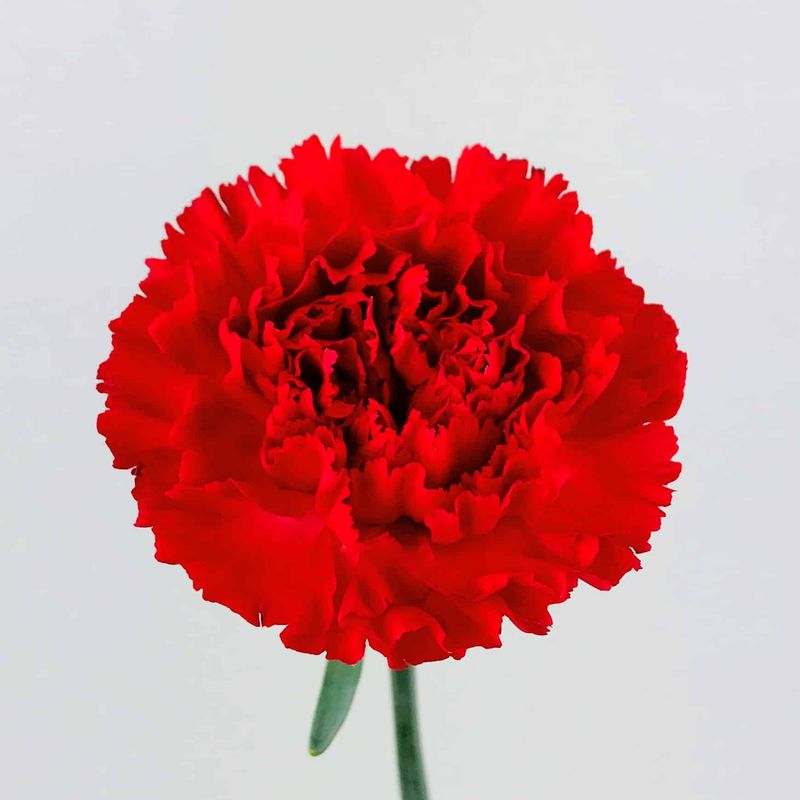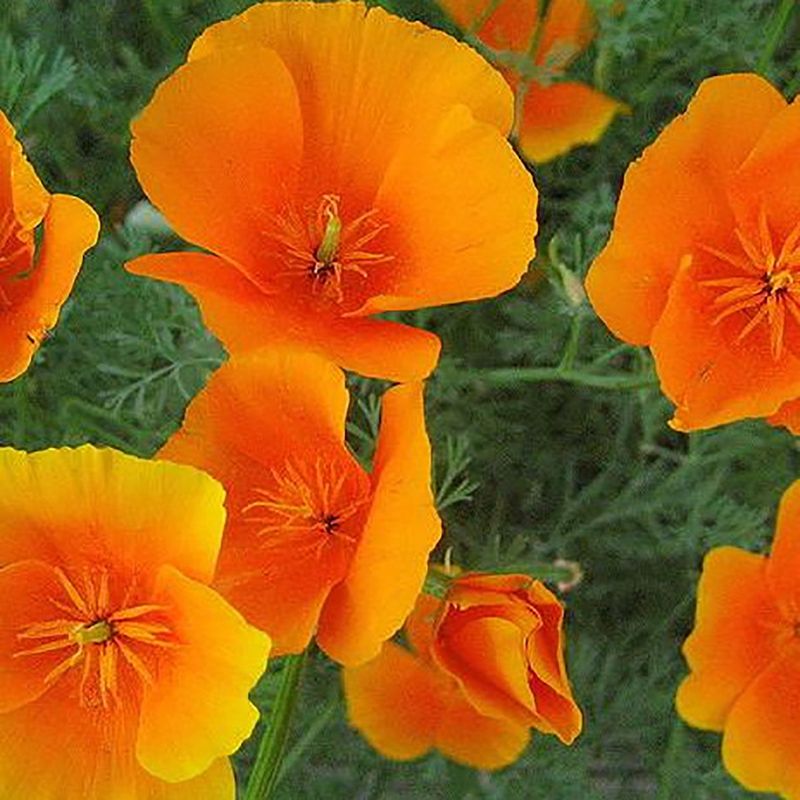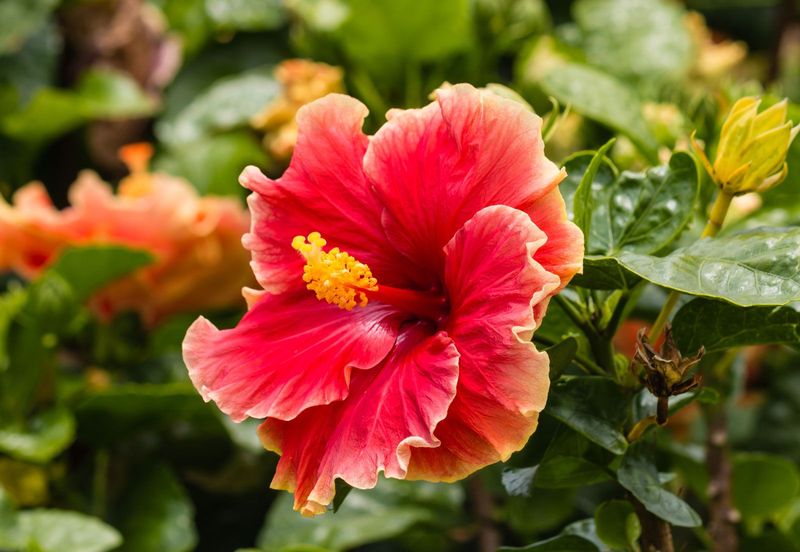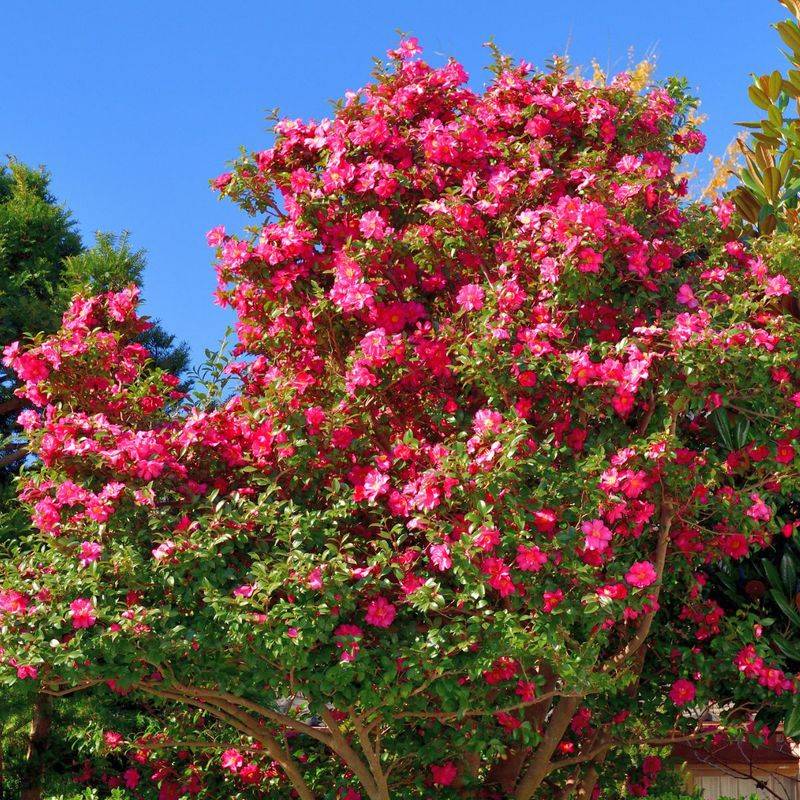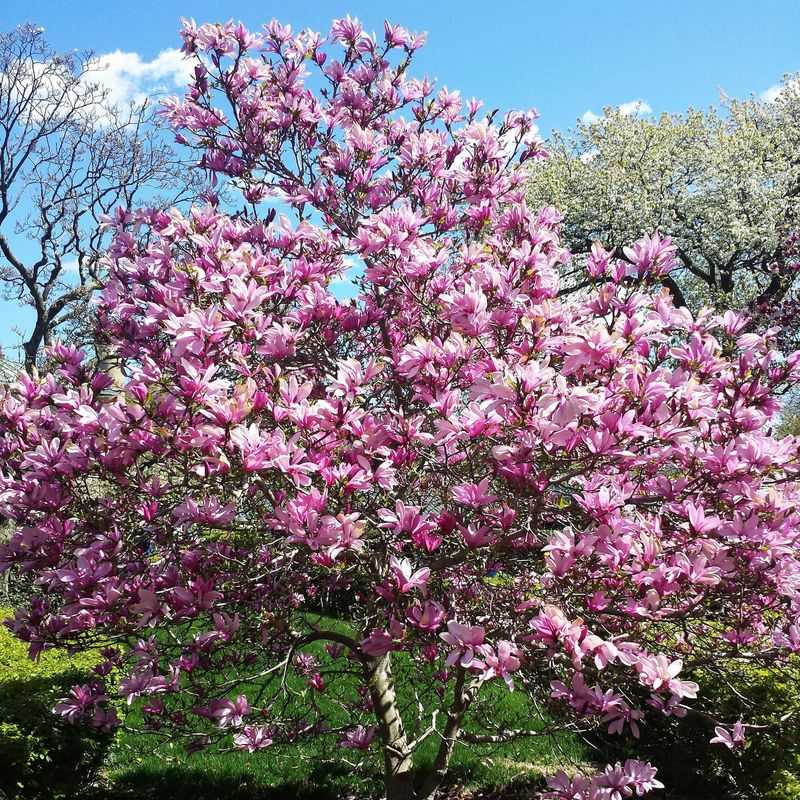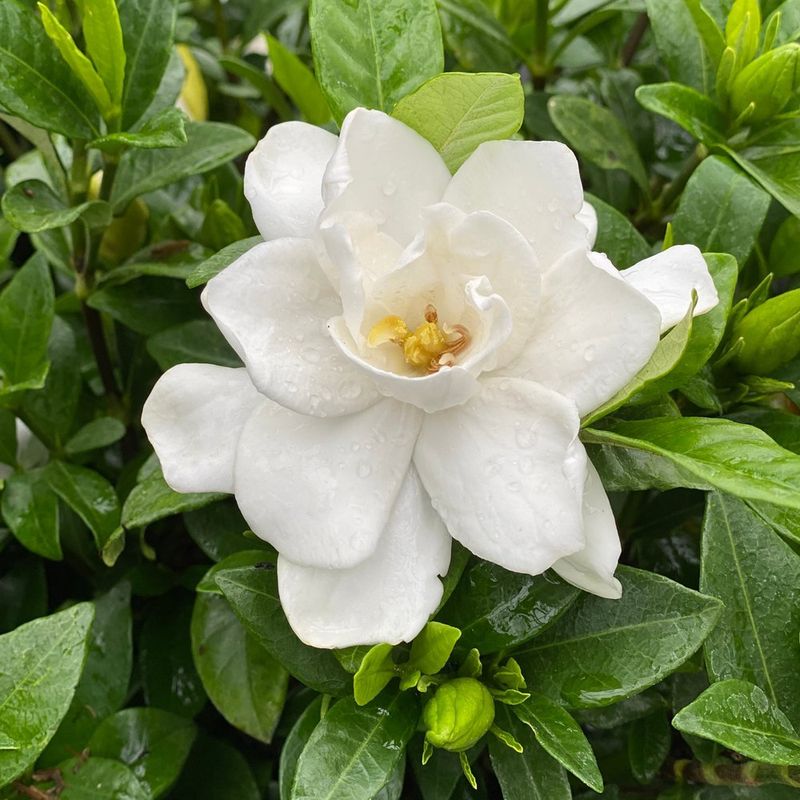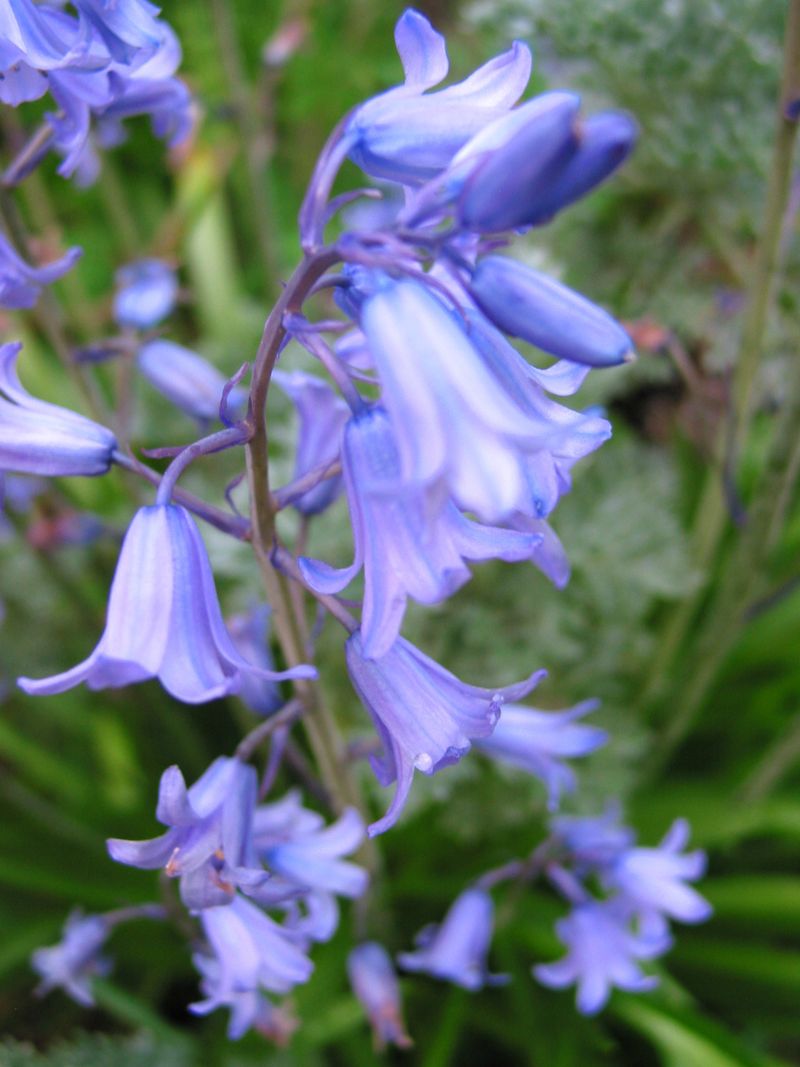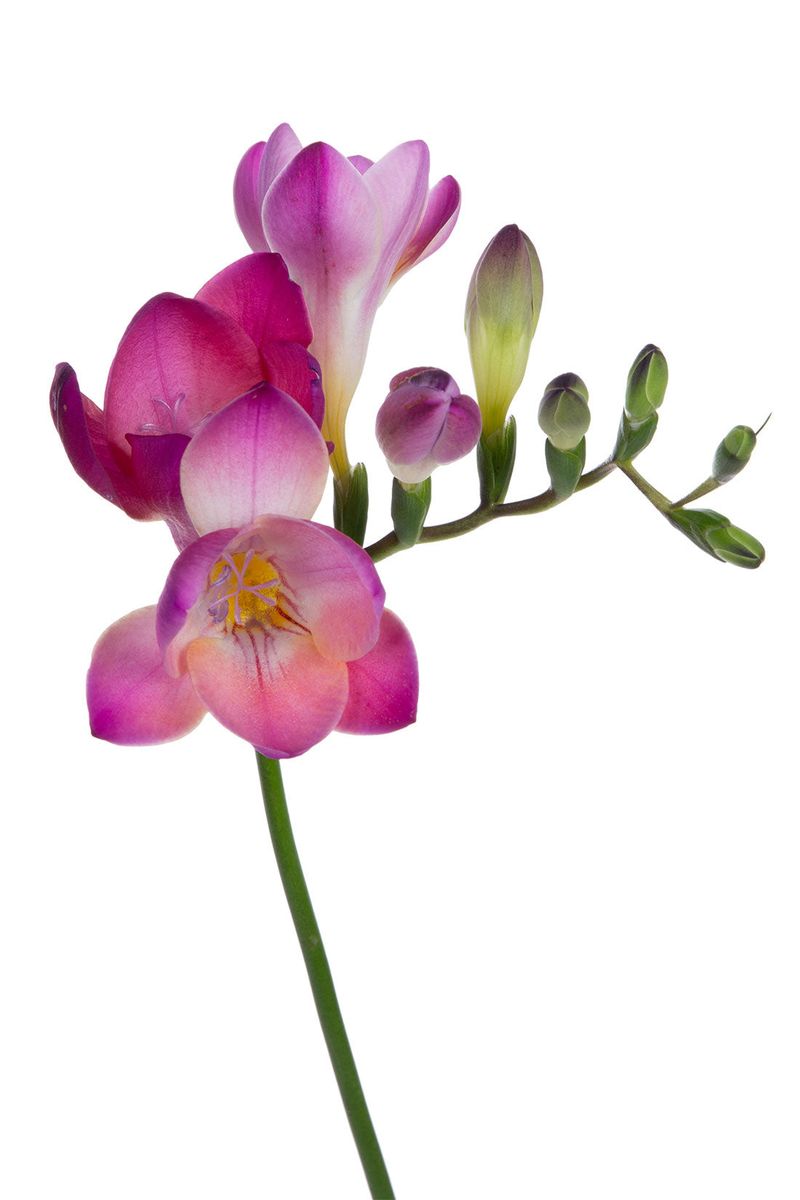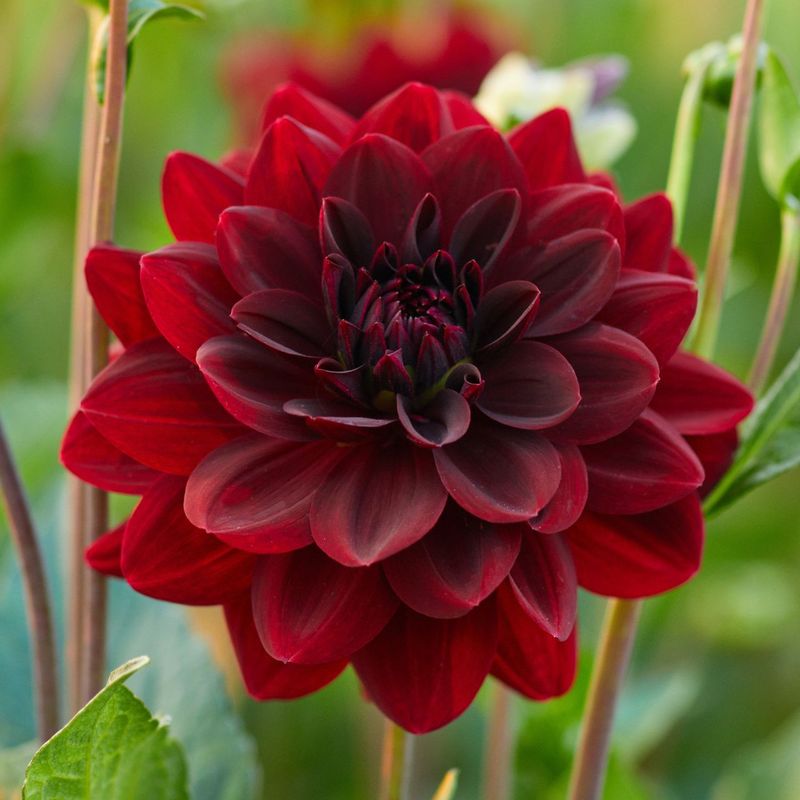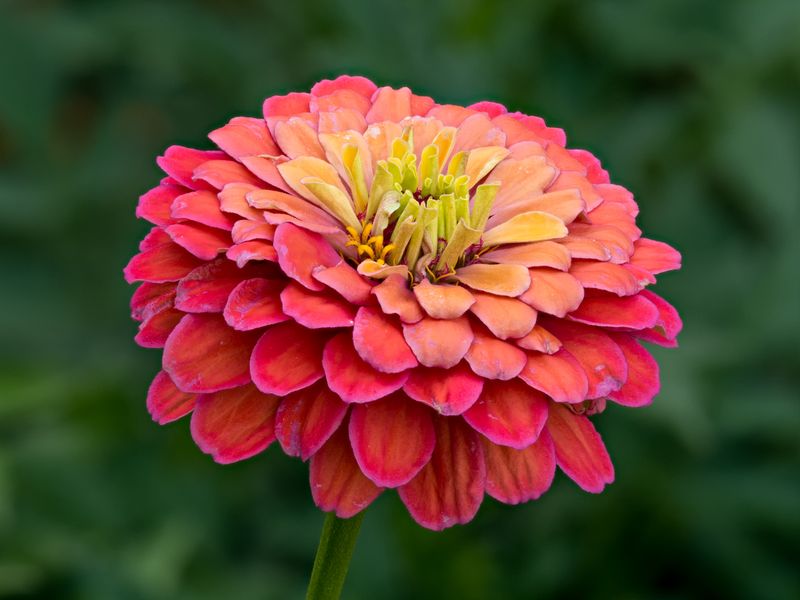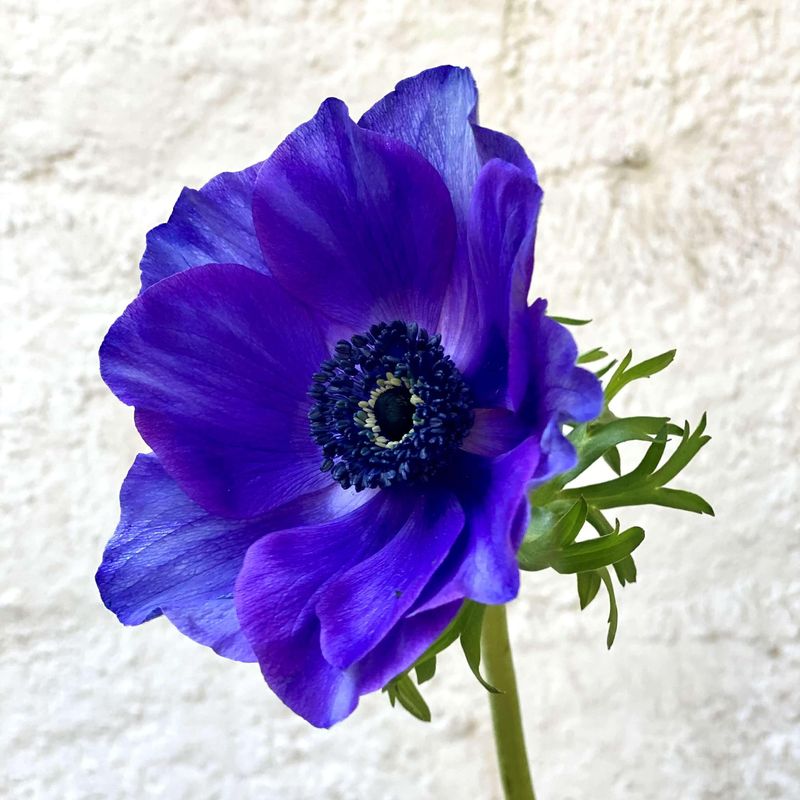Flowers have been an integral part of human culture and history for centuries. They have been used in ceremonies, medicine, and as symbols of love, war, peace, and spirituality.
Across different cultures, flowers hold unique meanings and historical significance. This blog post explores 25 flowers, detailing their cultural and historical importance worldwide.
From the romantic red rose to the sacred lotus, each flower tells a story deeply rooted in the traditions and beliefs of the people who cherish them. Join us as we uncover the fascinating stories behind these blooms.
1. Rose
The rose, often considered the queen of flowers, carries deep cultural and historical significance. In ancient Greece, roses were associated with Aphrodite, the goddess of love.
This association continues today, with red roses symbolizing romantic love. In contrast, white roses are often linked to purity and remembrance. The War of Roses, a series of English civil wars, got its name from the use of white and red roses as emblems by rival factions.
Throughout history, roses have appeared in art, literature, and religious texts, underscoring their enduring allure and multifaceted symbolism.
2. Lotus
The lotus holds profound cultural and historical significance in various Asian cultures. Often associated with purity and spiritual enlightenment, the lotus is sacred in Hindu and Buddhist traditions. It symbolizes the journey from ignorance to awakening, as the lotus emerges pristine from muddy waters.
Depictions of deities sitting on lotus flowers are common in religious art. In ancient Egypt, the lotus was a symbol of the sun and rebirth, as it opens in the morning and closes at night. Its resilience and beauty make it a powerful cultural icon.
3. Sakura (Cherry Blossom)
Cherry blossoms, or sakura, are deeply significant in Japanese culture. These delicate pink flowers symbolize the fleeting nature of life, as their blossoms are short-lived. Hanami, the tradition of viewing cherry blossoms, is a cherished Japanese custom that dates back centuries.
The flowers are celebrated in festivals and inspired numerous works of art and poetry. Beyond Japan, cherry blossoms are seen as symbols of friendship and renewal, often planted as gifts between nations. Their transient beauty reminds us of the impermanence of life and the importance of cherishing each moment.
4. Tulip
Tulips are iconic in Dutch culture, symbolizing wealth and perfect love. During the 17th century, the Netherlands experienced “Tulip Mania,” where tulip bulbs became so valuable that they were traded like currency. This period is often referenced in discussions about economic bubbles.
Beyond commerce, tulips hold a place in art and festivals. The annual Tulip Festival in Holland attracts visitors worldwide, celebrating the beauty and diversity of this flower. Tulips also have meanings in Turkish culture, representing paradise on earth. Their vibrant colors and unique shape continue to captivate hearts globally.
5. Orchid
Orchids are one of the most diverse and widespread families of flowering plants, revered across cultures for their beauty and complexity. In ancient Greece, orchids were symbols of virility. In China, they are celebrated for their elegance and are often associated with refinement and integrity.
The orchid’s unique appearance has made it a popular motif in art and design. In Victorian England, collecting and showcasing exotic orchids was a fashionable pursuit among the elite. Today, orchids are beloved for their stunning variety and are often given as symbols of love and beauty.
6. Sunflower
Sunflowers are known for their bright, cheerful appearance and symbolic meanings. In many cultures, they represent adoration, loyalty, and longevity due to their tendency to follow the sun across the sky. Native to the Americas, sunflowers were cultivated by indigenous peoples for their seeds and oils.
The sunflower also holds significance in art, famously depicted by Vincent van Gogh. In modern times, sunflowers have been used as symbols of peace and hope, particularly in protests and movements advocating for a brighter future. Their radiant energy continues to inspire and uplift.
7. Marigold
Marigolds are celebrated for their vivid colors and symbolic meanings across different cultures. In India, marigolds are significant in religious ceremonies and festivals, symbolizing purity and auspiciousness. Their bright orange and yellow hues are thought to represent the sun and its life-giving energy.
In Mexico, marigolds are known as cempasúchil and are an integral part of the Day of the Dead celebrations, where they are used to honor deceased loved ones. Their bold colors and distinctive fragrance are believed to attract spirits to the altars. Marigolds symbolize the beauty of life and the cycle of death.
8. Iris
The iris, named after the Greek goddess of the rainbow, holds rich cultural symbolism. Often associated with faith, wisdom, and valor, irises have been used in art and heraldry throughout history. In ancient Egypt, they were symbols of power and majesty, often placed on the brows of sphinxes and kings.
In Christianity, the iris is associated with the Virgin Mary, symbolizing purity and sorrow. The fleur-de-lis, a stylized representation of the iris, has been a symbol of French royalty for centuries. Its regal appearance and varied colors make it a perennial favorite in gardens worldwide.
9. Lily
Lilies are revered for their beauty and symbolism, often associated with purity, renewal, and transience. In Christianity, the lily is a symbol of the Virgin Mary’s purity and is often depicted in religious art. The Greeks and Romans used lilies in ceremonies and festivities, symbolizing rebirth and motherhood.
Lilies are also linked to funerals, representing the soul’s restored innocence after death. Their fragrant blooms and elegant form have made them popular in gardens and floral arrangements. Across various cultures, lilies convey messages of hope, peace, and the cycles of life and nature.
10. Peony
Peonies are cherished for their lush blooms and rich symbolism in many cultures. In China, they are known as the “king of flowers” and symbolize prosperity, honor, and romance. Peonies are often featured in Chinese art and poetry and are a popular choice for weddings and celebrations.
In Victorian England, peonies were associated with bashfulness and were believed to hide nymphs within their petals. Their lush, full blooms and vibrant colors have made them a favorite in gardens and floral arrangements worldwide. Peonies continue to be a symbol of good fortune and a happy marriage.
11. Jasmine
Jasmine, known for its intoxicating fragrance, holds cultural significance in many regions. In India, jasmine is associated with love and beauty, often used in wedding ceremonies and festivals. The flowers are woven into garlands and used to adorn women’s hair, symbolizing grace and elegance.
In the Middle East, jasmine is a symbol of hospitality and is often used in perfumes and teas. Its sweet scent has inspired poets and artists throughout history. Jasmine’s delicate white blooms and captivating fragrance make it a cherished plant in gardens and homes around the world.
12. Lavender
Lavender is renowned for its soothing fragrance and has been used for centuries in various cultural practices. In ancient Rome, lavender was used for bathing, cooking, and scenting the air, symbolizing luxury and cleanliness. It’s often associated with serenity, grace, and calm.
In modern times, lavender is used in aromatherapy and herbal medicine for its calming effects. Its beautiful purple blooms and distinctive scent make it a popular choice for gardens and floral arrangements. Lavender continues to be a symbol of peace and tranquility, evoking a sense of calm and relaxation.
13. Daffodil
Daffodils are symbols of renewal and new beginnings, often heralding the arrival of spring. In Welsh culture, daffodils are the national flower and are worn on St. David’s Day. Their bright yellow flowers symbolize hope and joy.
In classical mythology, daffodils are associated with the story of Narcissus, who was turned into this flower. In the language of flowers, daffodils convey chivalry and unrequited love.
Their cheerful appearance and early blooming make them a favorite in gardens worldwide, symbolizing the promise of warmer days and fresh starts.
14. Chrysanthemum
Chrysanthemums hold significant cultural meanings, especially in Asia. In China and Japan, they symbolize longevity and rejuvenation. The chrysanthemum is the emblem of the Japanese imperial family and is celebrated during the annual Chrysanthemum Festival.
In Western cultures, chrysanthemums are often associated with autumn and are popular in gardens and floral arrangements. They are symbols of joy, fidelity, and optimism.
With a wide range of colors and forms, chrysanthemums are versatile and beloved flowers worldwide. Their rich history and vibrant blooms continue to make them a favorite in cultural celebrations.
15. Carnation
Carnations are rich in symbolism and tradition, often associated with love and fascination. In ancient Rome, they were used in garlands and ceremonial crowns. Today, carnations are commonly used in bouquets and arrangements, symbolizing admiration and affection.
In Korea, carnations are worn by children to honor their parents on Parent’s Day. The flower is also significant in Christian iconography, representing the Virgin Mary’s tears. Their delicate, ruffled petals and wide range of colors make carnations versatile and popular for various occasions, conveying heartfelt messages of love and admiration.
16. Poppy
Poppies are powerful symbols of remembrance and peace, especially in relation to World War I. Their bright red blooms became a symbol of the bloodshed of the war, immortalized in the poem “In Flanders Fields.” Poppies are worn on Remembrance Day to honor fallen soldiers.
In Greek mythology, poppies were associated with Morpheus, the god of sleep, symbolizing eternal rest. The flower’s delicate petals and vibrant color have made it a popular subject in art and literature. Beyond remembrance, poppies also symbolize beauty and resilience, flourishing in unexpected places.
17. Hibiscus
Hibiscus flowers are known for their large, colorful blooms and are significant in many tropical cultures. In Hawaii, hibiscus is the state flower and symbolizes delicate beauty. Worn behind the ear, it can indicate a woman’s availability for romantic engagement.
In various cultures, hibiscus is used in teas and traditional medicine, valued for its health benefits. The flower’s bright hues and exotic appearance make it a popular choice for gardens and decorations. Hibiscus continues to be a symbol of hospitality and warmth, inviting admiration and joy wherever it blooms.
18. Camellia
Camellias are cherished for their beauty and symbolism in Asian cultures. In China, they are symbols of love and affection, often given as gifts to express admiration. The camellia is also associated with purity and longevity, valued for its delicate blooms and glossy, evergreen leaves.
In Japan, camellias have historical significance as symbols of the samurai, representing honor and bravery. They are often depicted in traditional art and literature. With their elegant form and variety of colors, camellias are popular in gardens and floral arrangements, conveying messages of admiration and good fortune.
19. Magnolia
Magnolias are celebrated for their large, fragrant blooms and are symbols of dignity and strength. In the southern United States, magnolias are iconic, representing hospitality and beauty. Their elegant white flowers and glossy leaves are a staple in traditional southern gardens.
In Chinese culture, magnolias symbolize purity and nobility, often used in traditional medicine. Their resilience and ability to thrive in diverse climates have made them a favorite in gardens worldwide. Magnolias continue to inspire with their grace and timeless beauty, embodying themes of endurance and elegant simplicity.
20. Gardenia
Gardenias are known for their intoxicating fragrance and are symbols of purity and peace. Often used in bridal bouquets, gardenias represent the beauty of secret love. Their delicate white petals and glossy, dark green leaves make them a favorite in gardens and floral arrangements.
In Victorian times, gardenias were used to convey unspoken admiration, often given as gifts to express hidden feelings. Their enchanting scent and elegant appearance continue to captivate, making them a popular choice for perfumes and beauty products. Gardenias embody themes of elegance and understated sophistication.
21. Bluebell
Bluebells are enchanting flowers that symbolize gratitude and humility. Often found carpeting woodland floors, they create a magical, ethereal landscape. In British folklore, bluebells are considered fairy flowers, believed to ring in enchanted creatures.
The delicate blue blossoms are associated with everlasting love and constancy in the language of flowers. Bluebells are a protected species in the UK, celebrated for their beauty and ecological importance. Their fleeting bloom period in spring adds to their allure, reminding us of the transient beauty and mystery of nature.
22. Freesia
Freesias are beloved for their beautiful, fragrant blooms and symbolize innocence and thoughtfulness. Originating in South Africa, freesias have become popular in floral arrangements and gardens worldwide. Their delicate blossoms and sweet scent make them a favorite for weddings and special occasions.
In the language of flowers, freesias convey messages of friendship and trust. Their vibrant colors and elegant form add a touch of grace to any setting. Freesias continue to charm with their unique beauty and fragrance, embodying themes of purity and heartfelt communication.
23. Dahlia
Dahlias are known for their striking, layered petals and come in a variety of colors and forms. They symbolize elegance, inner strength, and creativity. Originating in Mexico, dahlias have a rich history and are celebrated in festivals and cultural events.
In Victorian times, dahlias represented commitment and a lasting bond between two people. Today, they are popular in gardens and floral arrangements, admired for their bold beauty and diversity. Dahlias inspire with their intricate forms and vibrant hues, encouraging creativity and appreciation for the diversity of nature.
24. Zinnia
Zinnias are bright, cheerful flowers symbolizing endurance and lasting friendship. Native to Mexico, they have been cultivated for centuries and are known for their ability to thrive in harsh conditions.
Their vibrant colors and long-lasting blooms make them popular in gardens and bouquets.
Zinnias are often associated with thoughts of absent friends and the enduring bonds of friendship. Their easy cultivation and resistance to disease make them a favorite among gardeners. With their bold colors and resilient nature, zinnias continue to brighten spaces and symbolize the beauty of enduring relationships.
25. Anemone
Anemones are delicate flowers with rich symbolism, often associated with anticipation and protection. In Greek mythology, anemones were created from the tears of Aphrodite, symbolizing love and loss. Their vibrant colors and fragile petals convey a sense of transience and beauty.
In Victorian England, anemones symbolized forsaken love and were used in floral arrangements to express fragile emotions. Today, they are admired for their simple elegance and are popular in gardens and bouquets.
Anemones continue to represent the delicate balance between vulnerability and resilience, captivating with their understated charm.
